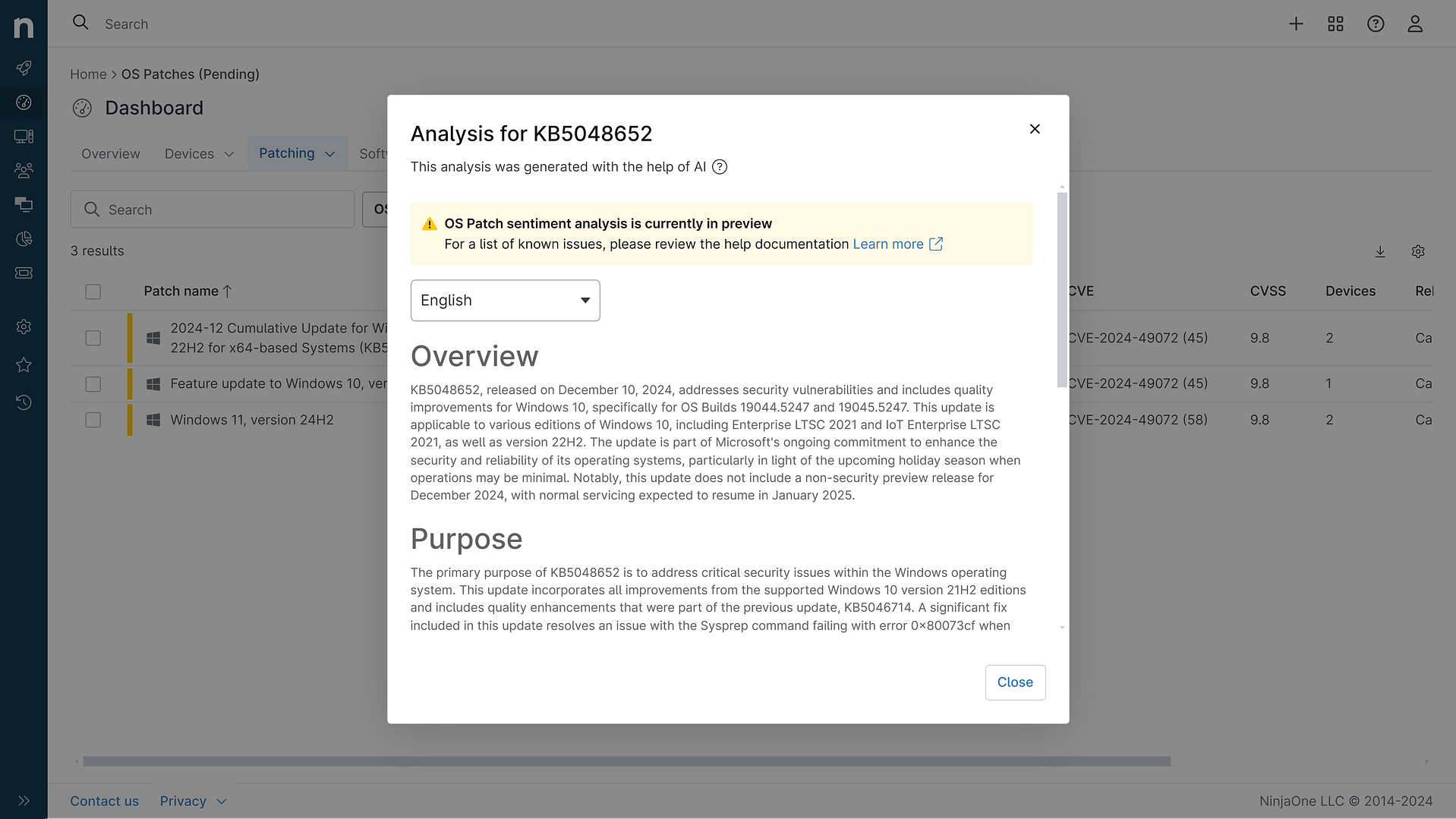KB5061979: Overview with user sentiment and feedback
Last Updated June 29, 2025
Probability of successful installation and continued operation of the machine
Overview
KB5061979 is an out-of-band update released for Windows 10 versions 21H2 and 22H2, specifically targeting Windows 10 Enterprise LTSC 2021 and Windows 10 IoT Enterprise LTSC 2021. This update combines previous security and quality improvements from KB5058379 (May 13, 2025) and KB5061768 (May 19, 2025) into a single package.
The update addresses critical issues and includes servicing stack improvements to enhance the reliability of the Windows update process. This is a significant update that builds upon previous patches while focusing on system stability and performance.
General Purpose
The primary purpose of this update is to address a critical issue affecting the Hyper-V Platform, specifically in the direct send path for guest physical address (GPA). The update fixes a problem that caused confidential virtual machines running on Hyper-V with Windows Server 2022 to intermittently stop responding or restart unexpectedly. This issue particularly impacted Azure confidential VMs and affected service availability, often requiring manual intervention to resolve.
Additionally, the update includes servicing stack improvements to enhance the update process reliability and minimize potential issues during future updates. It combines previous security and quality improvements from May 2025 updates into a consolidated package for easier deployment.
General Sentiment
The general sentiment towards this update appears cautiously positive. The update addresses a significant issue affecting Hyper-V virtual machines, which is particularly important for enterprise environments and Azure users. The fact that it's released as an out-of-band update suggests the urgency of the fixes included.
However, there are some concerns regarding the known issues with Noto fonts affecting CJK (Chinese, Japanese, Korean) text display in Chromium-based browsers at 96 DPI. While a workaround exists (increasing display scaling), this may not be an ideal solution for all users.
Known Issues
- Blurry or unclear CJK (Chinese, Japanese, Korean) text when displayed at 96 DPI (100% scaling) in Chromium-based browsers
- Limited pixel density at 96 DPI can reduce clarity and alignment of CJK characters
- Issue primarily affects Microsoft Edge and Google Chrome browsers
- Temporary workaround requires increasing display scaling to 125% or 150%
Disclaimer: We take measures to ensure that AI-generated content is of the highest possible quality, but we cannot guarantee its accuracy and recommend that users do their own independent research. Generated on 2025-06-29 07:34 AM
